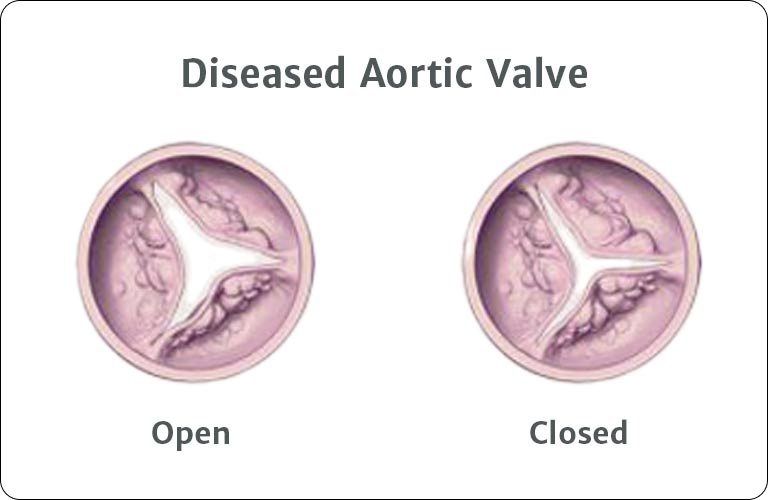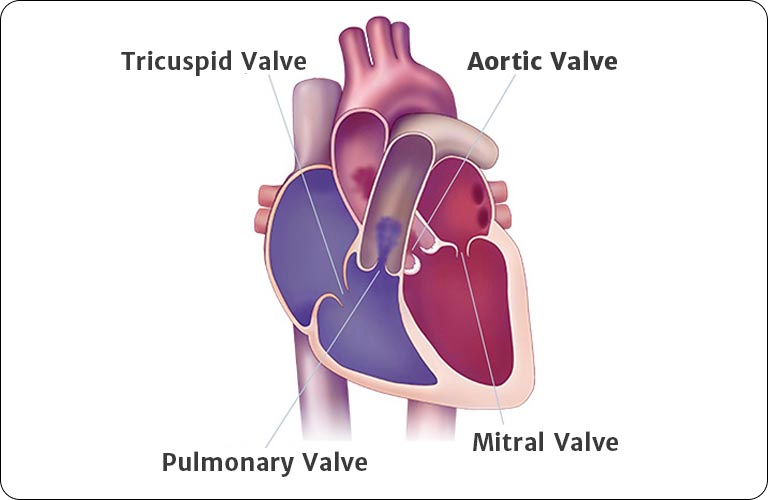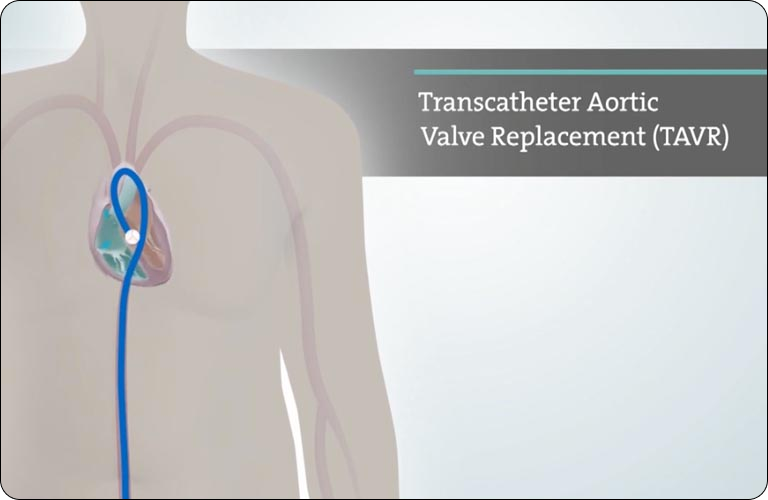Glossary
This glossary is available to help you understand complicated terms you will see on this website and may hear from your cardiologist, TAVI Doctor, or Heart Team as you learn about aortic stenosis. Be sure to check with your doctor if you have any questions.
PP--EU-7610 v1.0





 Australia
Australia
 Brazil
Brazil
 Germany
Germany
 Italy
Italy
 Netherlands
Netherlands
 New Zealand
New Zealand
 South Korea
South Korea
 Southeast Asia
Southeast Asia
 United Kingdom
United Kingdom